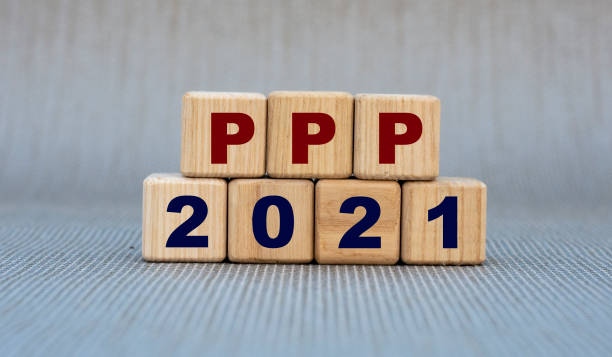- January 18, 2021
- Posted by: admin
- Category: Blog, News, Uncategorized

PPP Round 2 is here. In case you’re not familiar aka have been living under a rock for the past few months, PPP is the Paycheck Protection Program designed to help aide small businesses through the current Covid-19 pandemic by providing funds to help cover certain costs. Here are some key factors that you need to know. Grab a seat and get ready for the ride…
On December 27, 2020 the Consolidated Appropriations Act allocated an additional $284.5 billion in funding for the Paycheck Protection Program. Starting January 18, 2021 all lenders will be accepting applications for PPP2 loans. Borrowers can apply with their bank (if offering the loan) or any fintech provider listed here. Businesses have until March 31, 2021 to apply. An entity MUST certify that “current economic uncertainty makes this loan request necessary to support the ongoing operations of the Applicant”.
First time borrowers are subject to the same terms as in the first Act.
- Loan available to any US based business that was in operation on or before February 15, 2020
- Must have 500 or fewer employees
- Sole proprietors, independent contractors, self-employed, 501(c)(3) non-profit organization, 501(c)(19) veterans’ organization, or Tribal business concerns are also eligible.
Borrowers that received a PPP loan previously are subject to slightly different terms.
- Must have 300 or fewer part-time or full-time employees.
- At least a 25% reduction in gross revenue in any calendar quarter of 2020 as compared to the same corresponding quarter of 2019. For example, if gross receipts in the first quarter of 2019 (Jan-Mar) were $100,000 and first quarter 2020 (Jan-Mar) gross receipts were $65,000 there was a 35% reduction in gross receipts.
- Lenders will require documentation that proves reduction in gross revenue. This may include tax returns, financial statements, or bank statements.
- Borrower must attest that they have used or will use the entire amount of first draw funds on eligible expenses.
- If the business is part of a single corporate group, loans are capped at an aggregate of $4 million.
Loan amounts have been updated.
- The loan is the lesser of $2 million or 2.5X average monthly payroll costs (capped at $100,000 per employee). For example, if average monthly payroll in 2020 was $60,000, the maximum loan amount would be $150,000.
- Average monthly payroll costs can be computed based on payroll costs from 2019, 2020 or the 12-month period prior to when the loan is made.
- Entities that fall within the NAICS code that begins with 72 “Accommodation & Food Services” are calculated based on 3.5X average monthly payroll costs. This mainly includes hotels, restaurants, casinos and RV parks.
PPP loan funds can now be used on a broader range of expenses. The first round of PPP funds defined eligible expenses as rent, mortgage interest, payroll costs, and utilities. The new Act expands the eligible costs to include operations expenses, property damage costs, supplier costs, & certain worker protection expenses. Remember, at least 60% of the proceeds MUST be used on payroll costs. If loan proceeds are used for qualified expenses, 100% of the loan can be forgiven.
Any expenses paid with PPP funds are indeed TAX DEDUCTIBLE. Contrary to what we knew before, the new act addressed the deductibility of expenses paid with ppp loan proceeds and stated that any forgiveness of the PPP loan is not included in taxable income.
Have questions? Need help applying for the second round of funds or the first-round forgiveness? Feel free to schedule a time to chat here! In the meantime, visit the website and sign up for our blog to keep you updated as we learn more.
That’s all for now. Until next time…RDJ CPA
